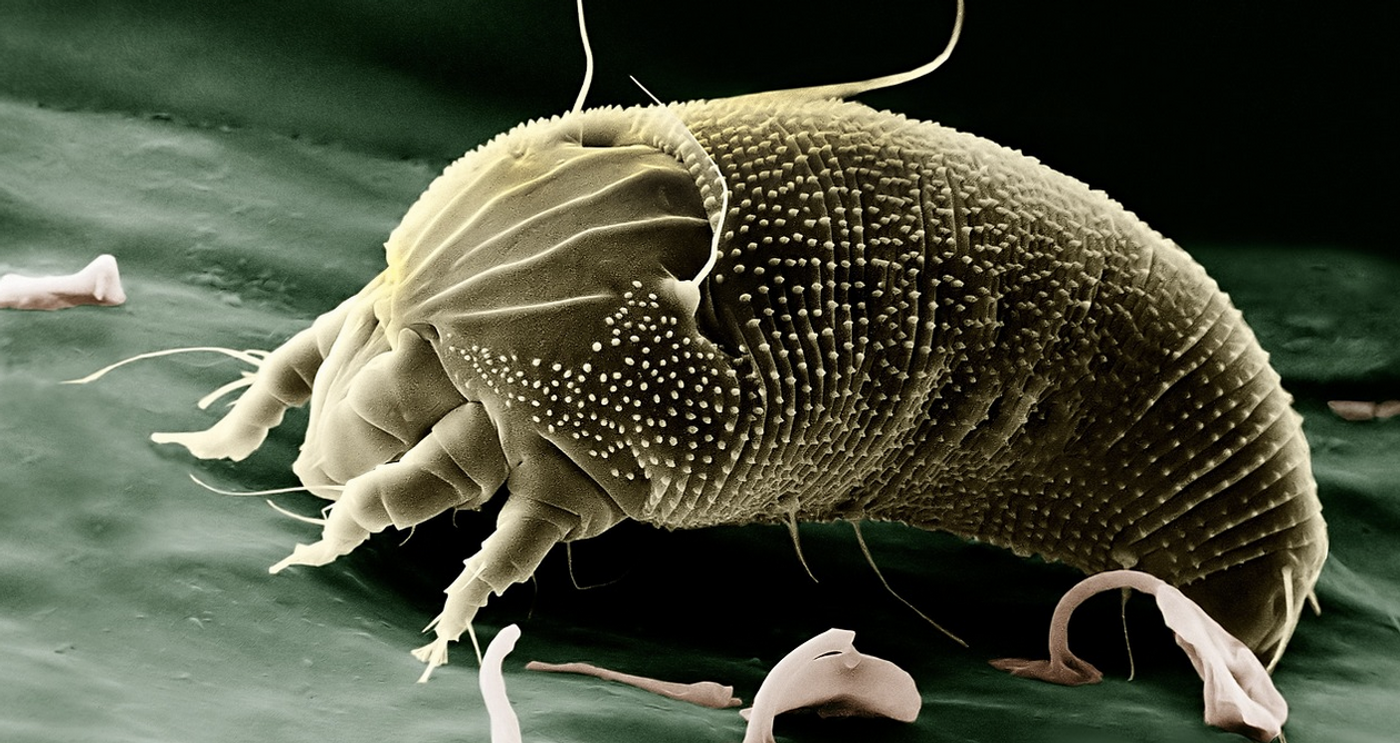Animal Trial of Asthma Vaccine Has Positive Results
Asthma is thought to affect 340 million people. A type of asthma that happens when allergens like dust mites are inhaled is called allergic asthma, and its characterized by difficulty breathing and bronchial tube inflammation. Allergic asthma may be the most common form of asthma. Now researchers have created a vaccine that protects against allergic asthma over the long term, and it's proven effective in a mouse model. The work has been reported in Nature Communications.
In people with allergic asthma, when airways are exposed to allergens, the production of immune molecules like immunoglobulin E (IgE) antibodies and type 2 cytokines such as interleukin-4 (IL-4) and IL-13) is triggered. These immune molecules cause the respiratory tract to begin overproducing mucus and white blood cells called eosinophils.
Clinicians and patients have long relied on corticosteroids to control asthma symptoms. But for those with severe asthma, those drugs aren't sufficient to control the chronic disease. Monoclonal antibodies that target the overproduced immune molecules like IgE are sometimes effective at relieving these symptoms. But that approach is costly and requires a lifetime of injections. This new vaccine may help change that.
The newly-developed conjugate vaccine is called a kinoid, in which recombinant cytokines IL-4 and IL-13 were linked with a common carrier protein used in vaccines called CRM197, a form of diphtheria that's been mutated to be non-toxic.
In preclinical mouse models, the vaccine triggered the production of antibodies that target IL-4 and IL-13. Six weeks post-injection, 90 percent of mice had high levels of these therapeutic antibodies. One year after the initial injection, 60 percent of the animals carried antibodies that were still able to neutralize IL-4 and IL-13.
The vaccine showed that it may reduce asthma symptoms as well. The researchers found that mucus production, eosinophil, and IgE levels all decreased in mice modeling allergic asthma caused by dust mites that were treated with the vaccine. Now, the researchers will be able to move to clinical testing.
Sources: AAAS/Eurekalert! via Institut Pasteur, Nature Communications









